In the ever-expanding digital landscape, where threats to cybersecurity are prevalent, ethical hackers play a crucial role in safeguarding computer systems. To effectively identify vulnerabilities and secure networks, these experts rely on a wide range of hacking devices.
In this comprehensive article, we will explore the world of hacking devices, diving into the advanced tools that experts employ to protect against cyber threats. From single-board computers to sophisticated radio platforms, we’ll uncover the capabilities of these cutting-edge devices and their contributions to cybersecurity.
1. Raspberry Pi:

At the forefront of hacking devices, Raspberry Pi stands as a versatile and cost-effective single-board computer. Its robust processing power, combined with a dedicated community, has made it a staple among ethical hackers. With the ability to run various operating systems and support multiple programming languages, Raspberry Pi serves as a customizable platform for creating hacking tools, developing network scanners, and even building portable devices for penetration testing.
2. WiFi Pineapple:
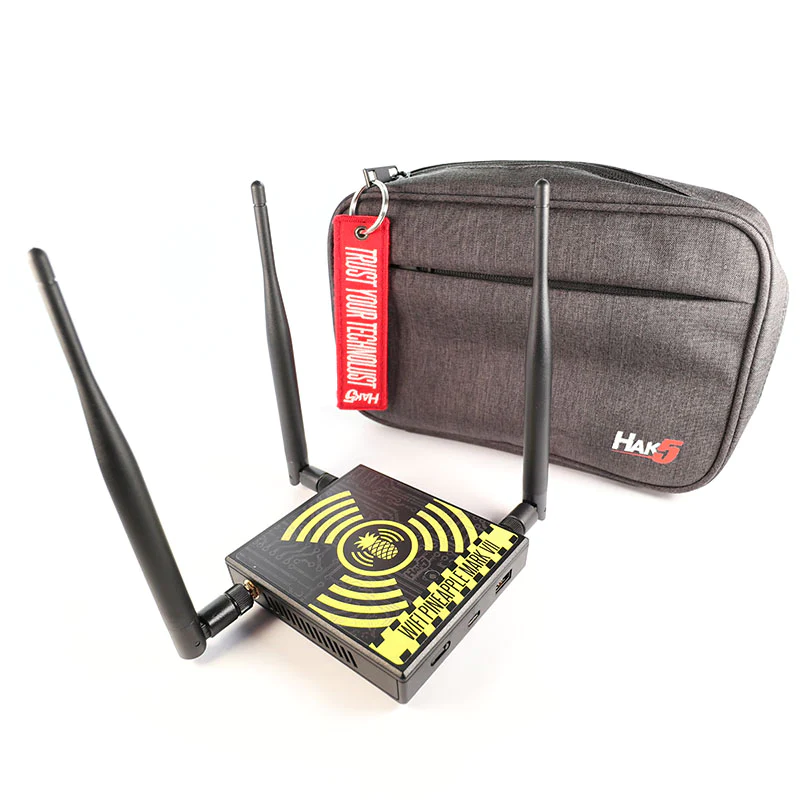
Wireless networks present unique security challenges, and the WiFi Pineapple addresses them head-on. This specialized hacking device provides ethical hackers with the means to simulate real-world attacks on Wi-Fi networks.
By leveraging features like deauthentication attacks, rogue access points, and network traffic analysis, professionals can identify vulnerabilities and strengthen wireless network security. The WiFi Pineapple has become an invaluable tool for assessing the robustness of wireless infrastructure and ensuring its protection.
3. USB Rubber Ducky:
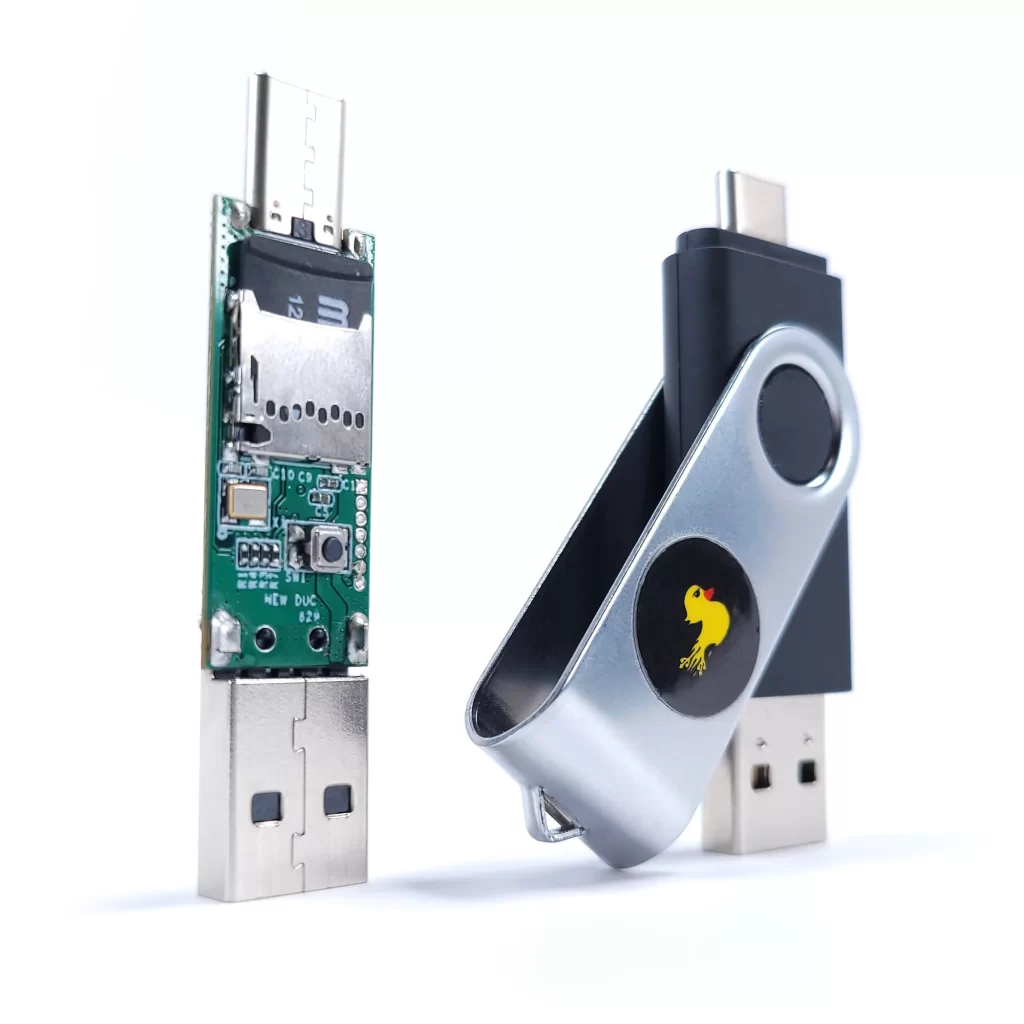
In the realm of physical access and social engineering, the USB Rubber Ducky proves to be a game-changer. Disguised as an innocuous USB device, it emulates a keyboard and rapidly injects pre-programmed keystrokes into a target computer.
This powerful automation tool allows ethical hackers to execute payloads, automate tasks, and even crack passwords. By exploiting the inherent trust placed in USB devices, the Rubber Ducky serves as an invaluable asset for penetration testers seeking to evaluate system vulnerabilities.
4. Alfa Network Adapter:
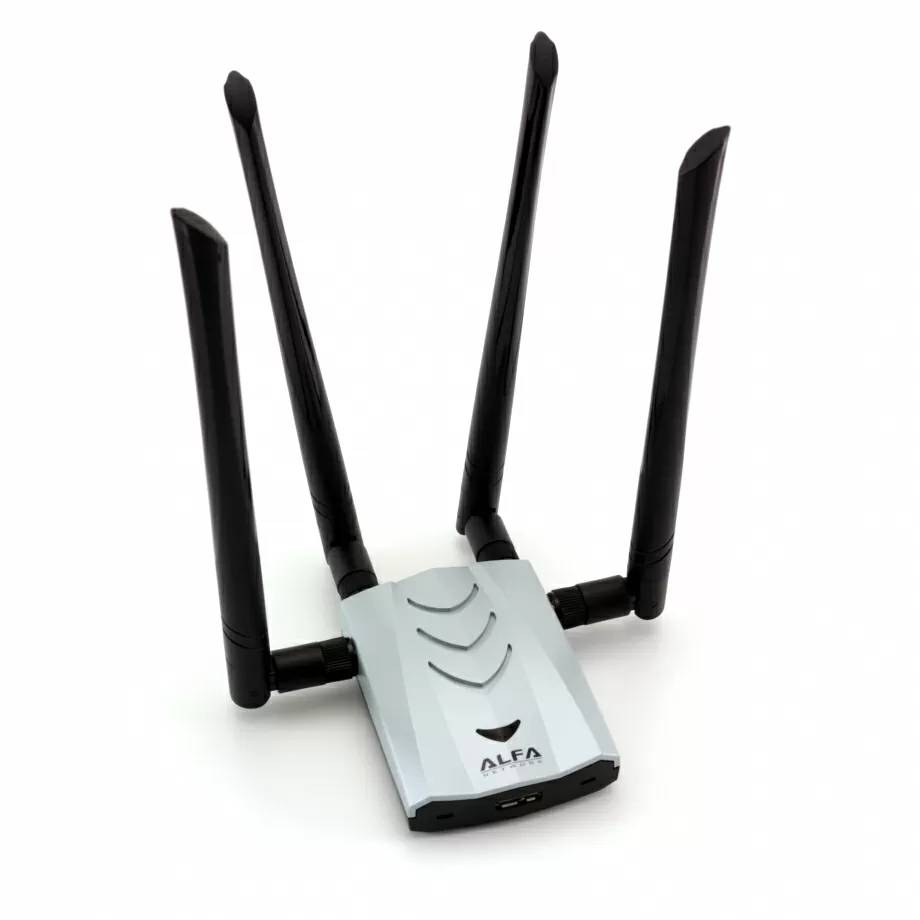
Wireless security assessments often require a reliable and high-powered Wi-Fi adapter, and the Alfa Network Adapter fits the bill. With its exceptional signal strength, support for packet injection, and monitor mode capabilities, this device is a staple for ethical hackers.
It allows professionals to perform a wide range of wireless attacks, analyze network vulnerabilities, and validate the effectiveness of security measures. The Alfa Network Adapter empowers experts to uncover weak points in wireless infrastructure and enhance overall network security.
5. LAN Turtle:

Covert operations and network penetration testing are made possible by devices like the LAN Turtle. This inconspicuous hacking tool masquerades as a USB Ethernet adapter, providing ethical hackers with remote access to target networks. With the ability to execute man-in-the-middle attacks and gather critical information undetected, the LAN Turtle allows professionals to assess network security covertly.
Its compact design and powerful capabilities make it an essential device for penetration testing engagements.
6. Hak5 Bash Bunny:
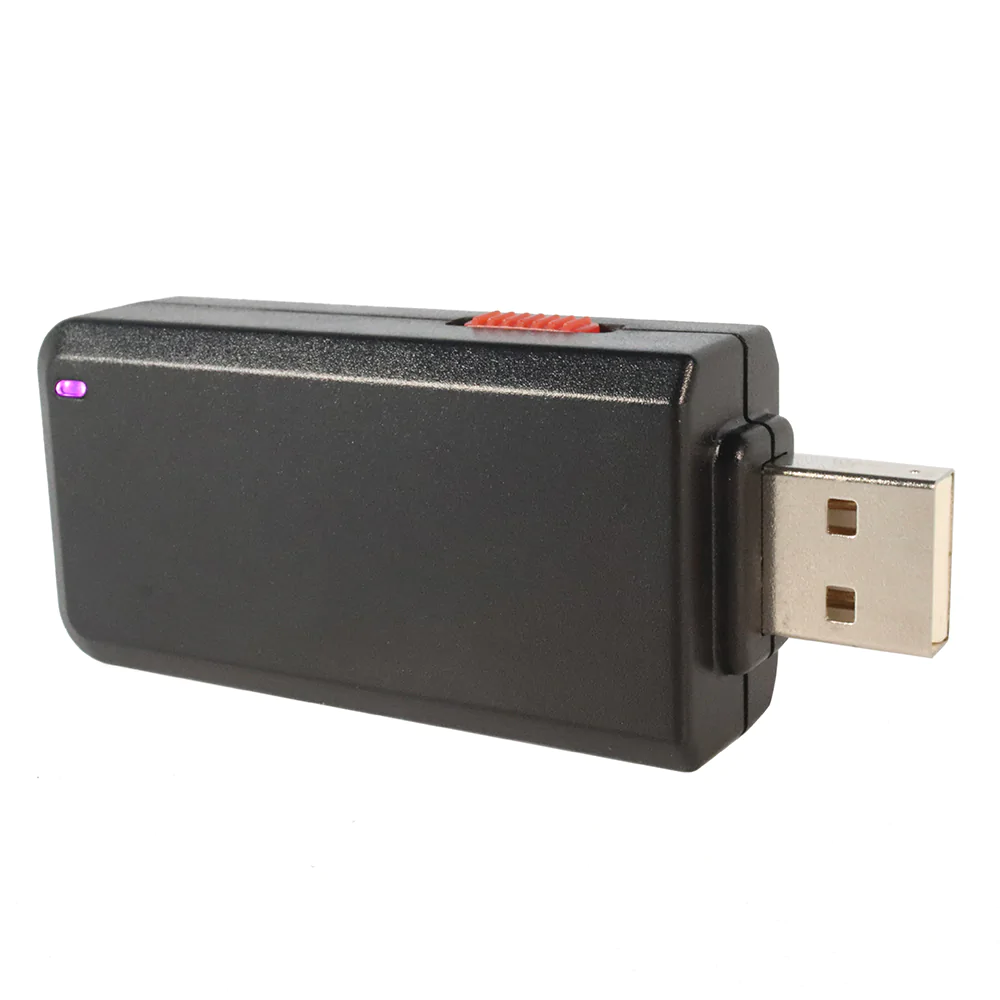
Automation is key in the world of ethical hacking, and the Hak5 Bash Bunny excels in this domain. Serving as a versatile USB attack platform, it emulates both keyboard and Ethernet interfaces, providing professionals with the tools to automate tasks, execute payloads, and conduct USB-based attacks.
Its scripting capabilities and portability make it a valuable asset for penetration testers, allowing them to perform a wide range of attacks, analyze system responses, and identify vulnerabilities. The Hak5 Bash Bunny proves indispensable in simulating real-world attack scenarios and assessing system security.
7. O.MG Cable:
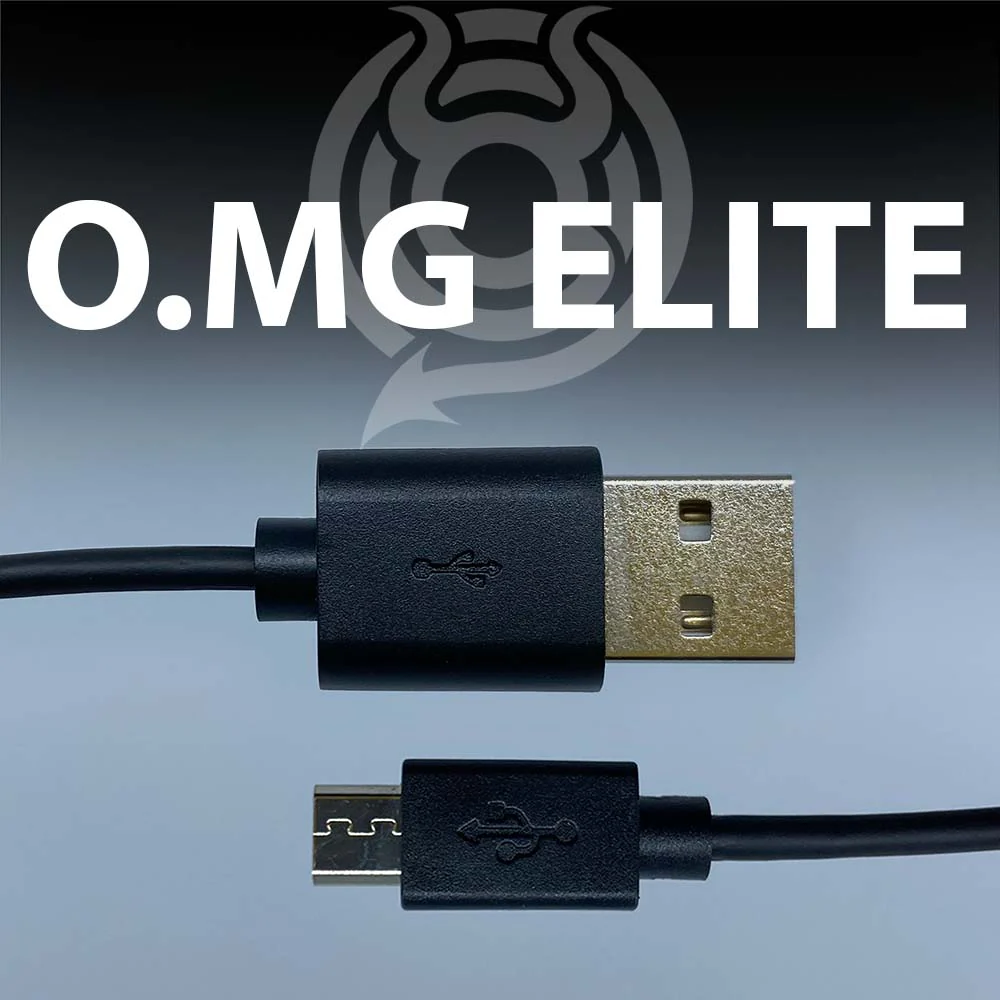
In the realm of physical access testing, the O.MG Cable takes the concept of a regular USB charging cable to a whole new level. Concealed within its seemingly innocent exterior lies a wireless implant that grants ethical hackers remote access to the connected device.
This covert device provides discreet control over the target system, allowing experts to execute commands, extract data, and exploit vulnerabilities. With its ability to bypass security measures and maintain stealth, the O.MG Cable proves to be an invaluable tool for both physical access testing and remote exploitation scenarios.
8. HackRF One:
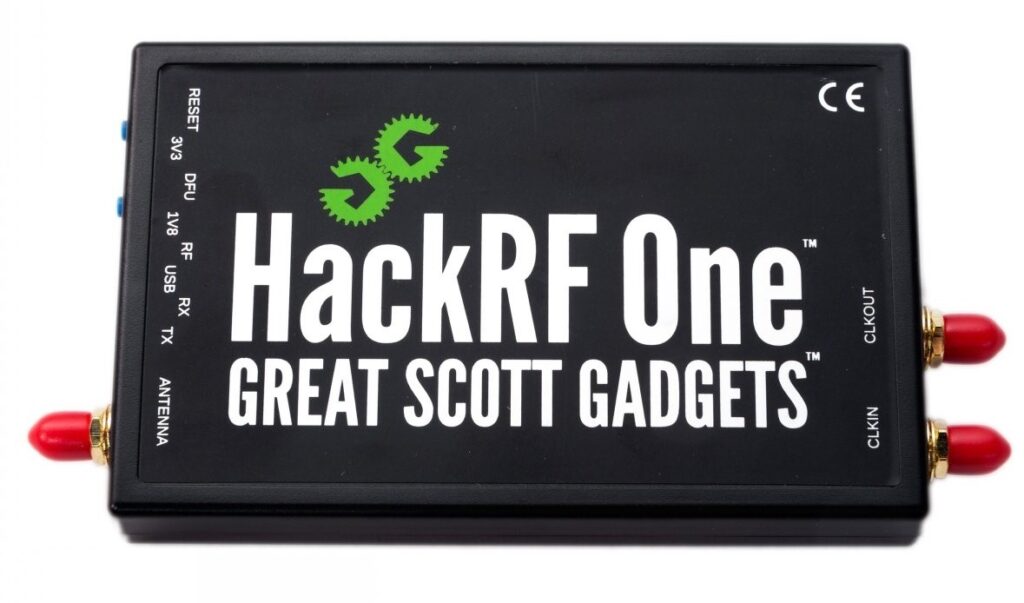
Software-defined radio (SDR) platforms have revolutionized the field of radio frequency hacking, and the HackRF One stands as a prominent example. Ethical hackers leverage this device’s flexibility and wide spectrum access to analyze, monitor, and manipulate diverse wireless protocols. With its capabilities in signal analysis, transmission, and reception, the HackRF One aids in identifying vulnerabilities in radio communication systems.
Its applications range from reverse engineering wireless devices to exploring vulnerabilities in IoT devices and implementing countermeasures to enhance security.
9. Flipper Zero:

A newer addition to the hacking device landscape, the Flipper Zero is a multifunctional device that combines various capabilities, making it a versatile tool for ethical hackers. With functionalities such as radio protocol analysis, hardware hacking, remote control capabilities, and more, the Flipper Zero offers a comprehensive solution for diverse hacking scenarios.
Its compact design and user-friendly interface make it accessible to both beginners and experienced professionals alike. While Flipper Zero provides unique features, its emergence illustrates the ever-evolving nature of hacking devices, prompting ethical hackers to stay updated with the latest tools and technologies.
10. Ubertooth One:
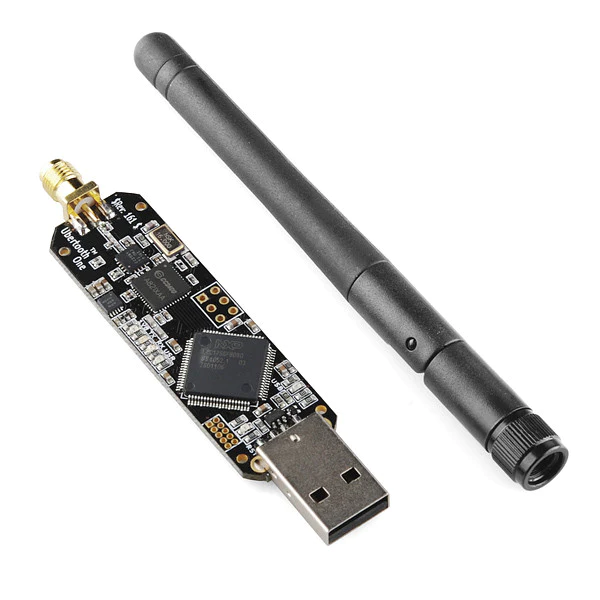
Bluetooth technology has become pervasive in today’s digital landscape, making the Ubertooth One a valuable asset for ethical hackers. Designed as a Bluetooth development platform, this device enables professionals to monitor, intercept, and manipulate Bluetooth communications.
By analyzing Bluetooth protocols and identifying vulnerabilities, ethical hackers can assist in securing Bluetooth-enabled devices and networks. The Ubertooth One’s capabilities range from passive sniffing and data collection to active attacks, making it an indispensable tool in Bluetooth security analysis.
Conclusion:
In the realm of ethical hacking, the power of cutting-edge devices cannot be underestimated. From single-board computers like Raspberry Pi to specialized tools like the WiFi Pineapple and HackRF One, these devices provide ethical hackers with the capabilities to identify vulnerabilities, exploit weaknesses, and enhance cybersecurity. As technology evolves, new devices like the Flipper Zero
Latest Posts:
- Unifi Dream Router: Unleashing Its Power Across Homes, Businesses, and Beyond
- Part 6: Maintaining and Troubleshooting Your Home Server
- Part 5: Setting Up and Managing Server Applications
- Part 4: Networking and Security for Home Servers
- Part 3: Selecting Your Home Server Operating System
- Part 2: Choosing the Right Hardware for Your Home Server








